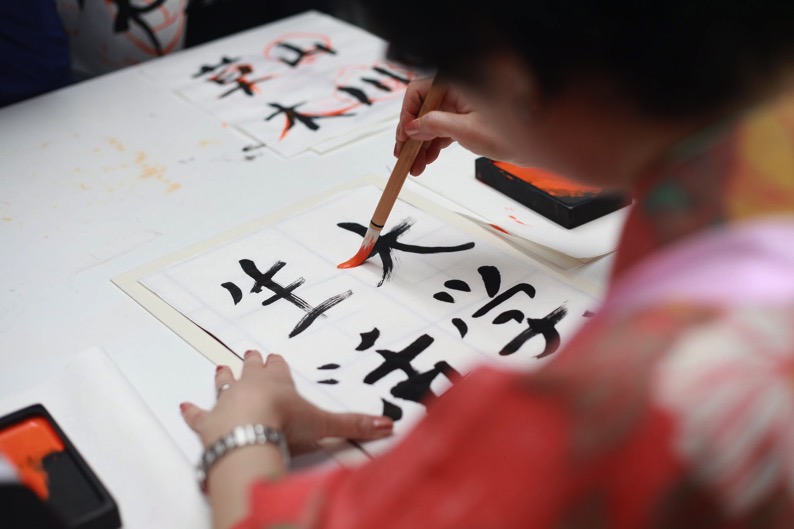Modern day written Japanese uses a combination of two types of characters. The first is called logographic kanji which has mainly been adopted from Chinese characters and the other is syllabic kana. Kana consists of syllabaries used for grammatical elements and native Japanese words while katakana is used for emphasis. All written Japanese is a mixture of kana and kanji. The fact that written Japanese is a combination of scripts and a gigantic inventory of characters is what has earned it a reputation for being an immensely complex language.
Kanji Characters
Consider Kanji characters to be the equivalent to ‘ABC’ of the English language. But while the English language has just 26 characters, Kanji consists of several thousand which are in regular use. Each character has a different meaning, or it can have an array of meanings. Also, they have more than one pronunciation each, how it is pronounced will depend on the context. Primary and secondary school students in Japan are tasked with learning 2136 characters while the total number of kanji is estimated to be over 50,000.
Writing modern Japanese
Writing modern Japanese requires understanding the usage of the katakana and hiragana syllabaries which have 46 primary characters each, or a total of 71 each which includes diacritics. Unlike kanji, the usage of these characters represents just the sound they only convey meaning as part of the word. Both types of characters have been adopted from Chinese characters though they have been modified and simplified in some cases to the point where they no longer appear like the original. Interestingly, the concept of the syllabic script is thought to have been adopted from India’s Sanskritic Siddham.
Another interesting fact worth nothing is that written Japanese has also borrowed acronyms from European Latin alphabets. The acronyms are referred to as romaji or Romanized Japanese. This type of written form is often used by international students in Japan who have yet to master kana, and also a growing number of native speakers using computers. That said its use is still strictly limited to the youth.
The use of punctuation and spacing
Japanese is written without any spaces between the words, with the text wrapping from one line to the next. Words that use normally unfamiliar foreign words like for instance “Jack Straw,” are separated by what’s equivalent to a punctuation mark called ‘nakaguro,’ to help readers in identifying the word. ‘Nakaguro’ is also used to separate native words too which may otherwise be confusing to the reader.
Written Japanese also uses full stops and commas with the same purpose as the English language. However, commas are used more fluidly in Japanese than in English. Other symbols like the question mark is not used though it can be used in dialog or transcriptions, the same goes for exclamation marks and colons. The quotation marks in Japanese resemble brackets with an open and a close bracket. That said the language uses several different types of bracket styles.

